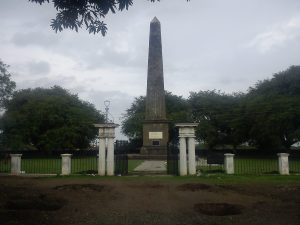A battle was fought in Bhima Koregaon, a district in Pune with a strong historical Dalit connection, between the Peshwa forces and the British on January 1, 1818. The British army, which comprised mainly of Dalit soldiers, fought the upper caste-dominated Peshwa army. The British troops defeated the Peshwa army.
DMPQ- Why Bhima Koregaon is seen as a Dalit symbol? Comment on its historical importance and its relevance in present time.
The victory was seen as a win against caste-based discrimination and oppression. Peshwas were notorious for their oppression and persecution of Mahar dalits. The victory in the battle over Peshwas gave dalits a moral victory a victory against caste-based discrimination and oppression and sense of identity.
However, the divide and rule policy of the British created multiple fissures in Indian society which is even visible today in the way of excessive caste and religious discrimination which needs to be checked keeping in mind the tenets of the Constitution.
The battle has come to be seen as a symbol of Dalit pride because a large number of soldiers in the Company force were the Mahar Dalits. Since the Peshwas, who were Brahmins, were seen as oppressors of Dalits, the victory of the Mahar soldiers over the the Peshwa force is seen as Dalit assertion.
On 1 January 1927, B.R. Ambedkar visited the memorial obelisk erected on the spot which bears the names of the dead including nearly two dozen Mahar soldiers. The men who fought in the battle of Koregaon were the Mahars, and the Mahars were treated to be Untouchables.

